A dancing mountain goat, a flowering garden of embroidery, a trickster’s tales, a silken thread spun from a worm’s cocoon – these are the diverse array of Central Asian cultural practices recently recognised by UNESCO as part of humanity’s intangible cultural heritage. Novastan takes a look at these four vibrant traditions, as well as considering where the List has its limits in truly celebrating the cultural diversity of Central Asia. Every year, a UNESCO committee inscribes cultural practices from around the globe into a List designed to showcase and safeguard traditions seen as universally significant. Intangible cultural heritage, according to UNESCO’s 2003 Convention, encompasses the practices, expressions, knowledge, and spaces which play an important part in a community’s cultural identity.
UNESCO’s List has long featured a rich variety of cultural practices from across the Central Asian countries, including Nowruz (New Year) celebrations, Tajik Chakan embroidery, and Turkmen carpet making. Among the eclectic group of traditions newly featured on the List this year – from Cuban rum mastery to the French baguette – are four cultural practices from Kazakhstan, Kyrgyzstan, Tajikistan, Turkmenistan, and Uzbekistan.
Orteke
A new entry on the list for Kazakhstan, Orteke is an indigenous performing art which brings a wooden puppet of a tauteke, or mountain goat, to life as it dances along to music. The tauteke puppet is attached to the surface of a drum by a metal rod, extending to a cord connected to the fingers of a musician playing a traditional two-stringed instrument, the dombyra.
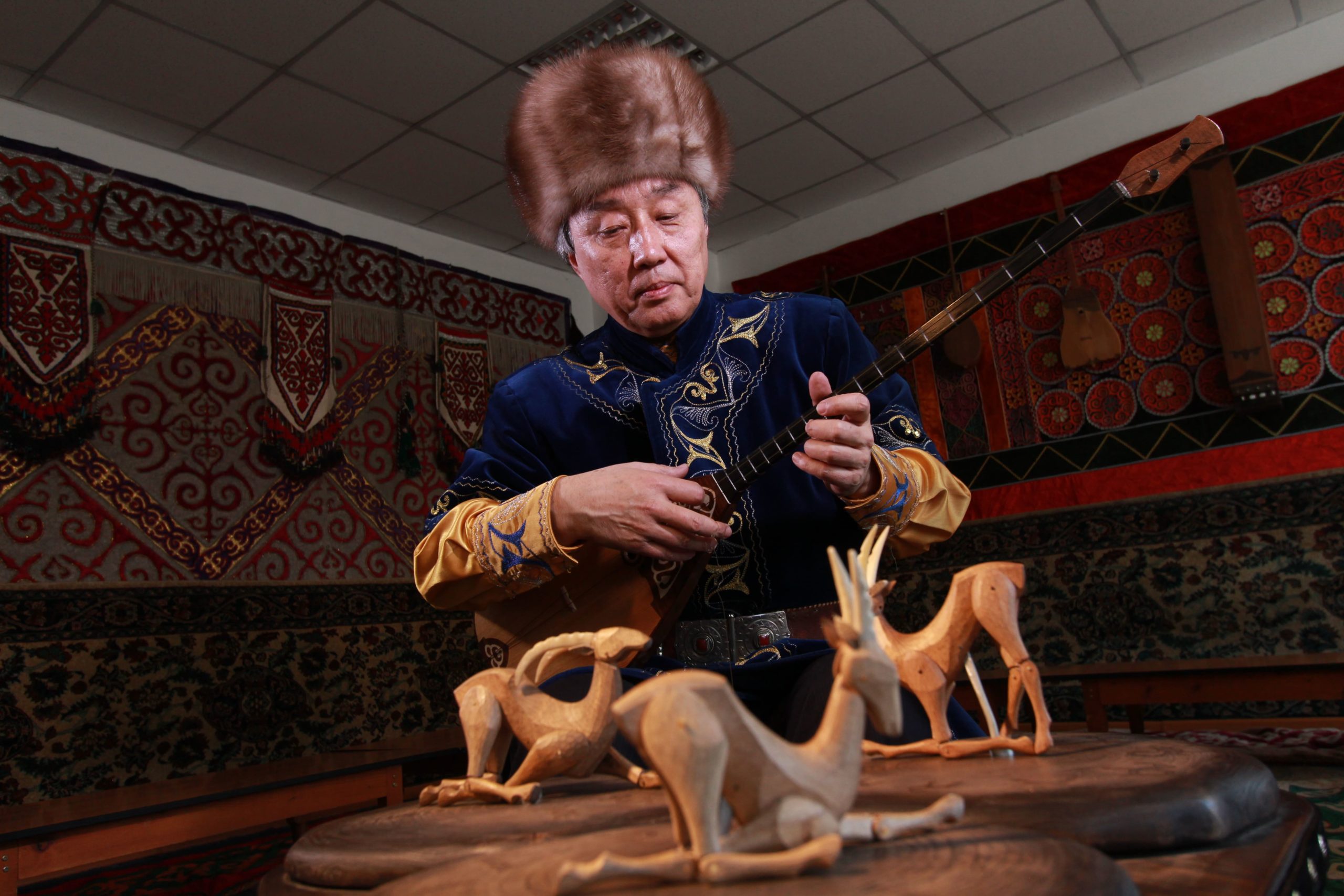
As the player strums the strings, the tauteke puppet becomes animated, appearing to gallop along to the lively rhythms of the dombyra. However, true mastery of Orteke involves not only dictating the energetic pace of the tauteke’s dance, but also making the puppet move with grace – a feat some experts can achieve with as many as four puppets at a time. As playful as it is fascinating, Orteke appeals to adults and children alike and remains a core element of Kazakh folk heritage and intergenerational communication, maintained by the traditional Ustaz-Shakird (master-apprentice) teaching system and supported by educational institutions and competitions.
Turkmen-style needlework art
Described in Turkmen state news as capable of transforming anything into “flowering gardens and meadows” with merely a needle and thread, Turkmen-style needlework art is an elaborate type of embroidery popular across Turkmenistan and some regions of Iran. It is a defining feature of national dress for people of all genders and ages, used for occasions including weddings and Nowruz celebrations, as well as everyday items.
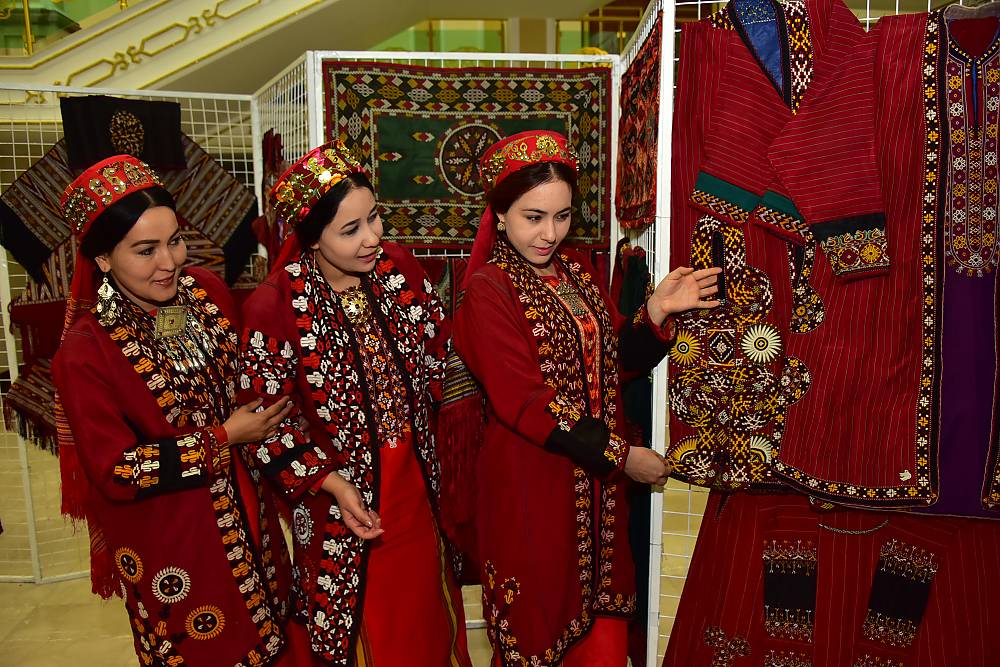
To begin the needlework, three thin silk threads are twisted together to form one shinier, sturdier thread. The needleworker then pierces the fabric with a thin needle and creates a series of loops with the silk, forming a distinctive pattern by holding the last loop with the thumb of the other hand before sewing the next. With colourful designs often showcasing needleworkers’ regional identities, the art form continues to be passed down within families and communities through generations of women needleworkers, while also remaining important in cultural and educational institutions.
Telling Tradition of Nasreddin Hodja/Molla Nesreddin/Molla Ependi/Apendi/Afendi Kozhanasyr
Centred around the telling of witty anecdotes associated with the wiseman and trickster Nasreddin, this variously named oral folklore tradition spans a vast region encompassing all Central Asian countries, as well as Turkey and Azerbaijan. The anecdotes are known for their shrewd commentaries on social norms and daily life, characterised by their punchy combination of wisdom, witticism, and surprise. In one anecdote, a shopkeeper angrily confronts Nasreddin for failing to pay his debt of 75 piastres. Nasreddin incredulously replies: “Now, now, you must know that I intend to pay you 35 piastres tomorrow, and next month another 35. That means I owe you only five piastres. Are you not ashamed of yourself for accosting me so loudly in public for a debt of only five piastres?” Read more on Novastan: “I want our theatre to be the new face of Tajik theatre”: Khurshed Mustafoev on the future of Dushanbe’s Russian theatre The anecdotes are drawn upon in daily conversation in communities across Central Asia, used for their instructive and entertaining qualities to strengthen arguments or enliven explanations.
Sericulture and traditional production of silk for weaving
Silk culture – encompassing an entire process from sericulture to the end silk products – is a major tradition of Central Asia, spanning centuries and giving the Silk Road its name. Inscribed in the UNESCO List as a practice of Tajikistan, Turkmenistan, and Uzbekistan (alongside Afghanistan, Azerbaijan, Iran, and Turkey), sericulture and traditional production of silk for weaving comprises multiple stages of the process for creating colourful fabrics and carpets. Farmers grow mulberry trees and feed the leaves to silkworms, from which the worms form cocoons of silken fibres. The fibres are reeled from the cocoons and spun into silk thread, before being cleaned, dyed, and woven into bright fabrics commonly seen at weddings and family occasions. Read more on Novastan: Tajikistan: Nine new sites on tentative World Heritage list Sericulture and silk production is still largely carried out by villagers and small private farms, also benefitting from government support in Turkmenistan and specialist teaching and research at higher education institutions in Uzbekistan.
Where UNESCO falls short: Uyghur culture
As is clear from this diverse group of Central Asian traditions, the UNESCO List raises awareness and mobilises much-needed support for diverse, often endangered, cultural practices. However, the List has faced criticism as a tool for obscuring the very cultural diversity that UNESCO purportedly seeks to celebrate. The inscription of Uyghur traditions in the List as practises of China is a case in point. Among the repressive actions by the Chinese government against Uyghurs is the destruction of the community’s culture – from banning the Uyghur language in schools to destroying religious sites. Attempts to erase Uyghur heritage have been reinforced by the UNESCO List’s inclusion of two Uyghur traditions – Meshrep, a rich event combining song, dance, and entertainment, and the Muqam song and dance tradition – via nominations by China. What has followed is the co-opting of the traditions by the Chinese government. As ethnomusicologist Rachel Harris explains, grassroots gatherings are banned in favour of “sanitised, commodified and secularised” renditions of the practises devoid of key religious and community aspects.

The UNESCO List showcases many Central Asian traditions in all their splendour. However, the manner of involvement allowed from China currently means that support for Uyghur cultural heritage is overshadowed by silence on its erasure.
Written by Emma Bain
For more news and analysis from Central Asia, follow us on Twitter, Facebook, Telegram, Linkedin or Instagram.
 Four Central Asian cultural practices newly inscribed on UNESCO’s Intangible Cultural Heritage List
Four Central Asian cultural practices newly inscribed on UNESCO’s Intangible Cultural Heritage List 
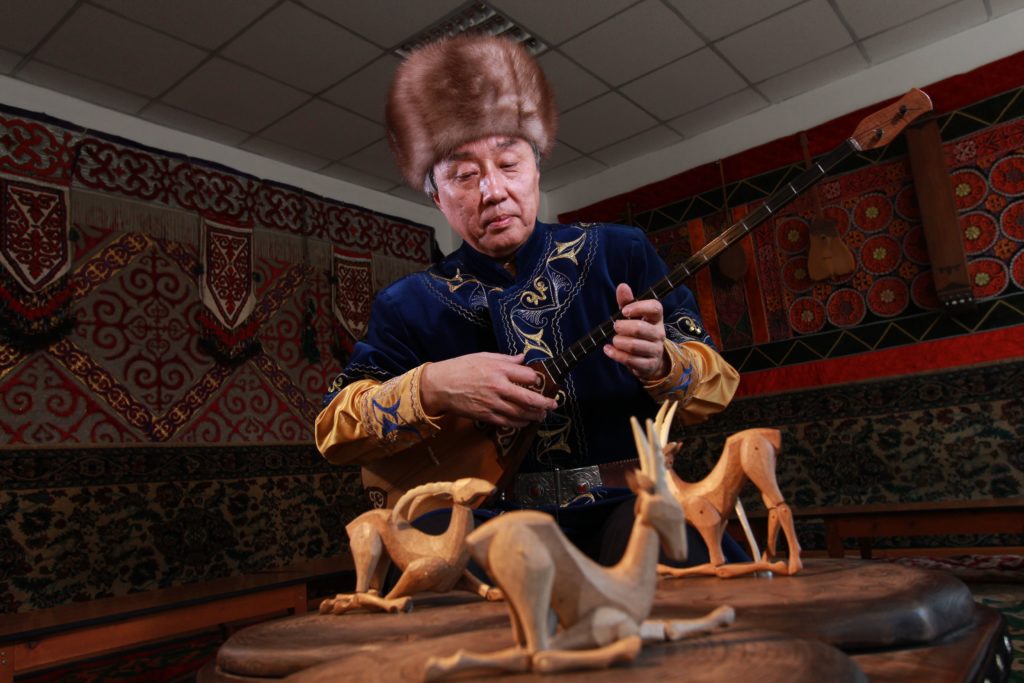
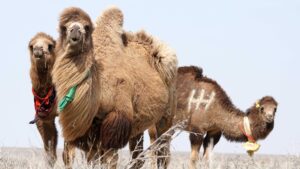
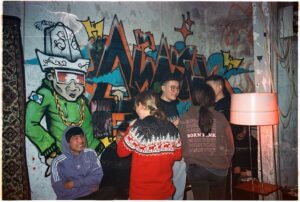
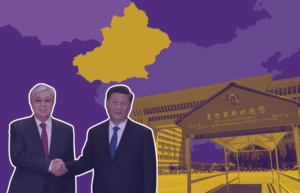
Clement, 2023-02-3
It’s an impressive instrument. Wonder how long it takes to learn to play it.
Reply